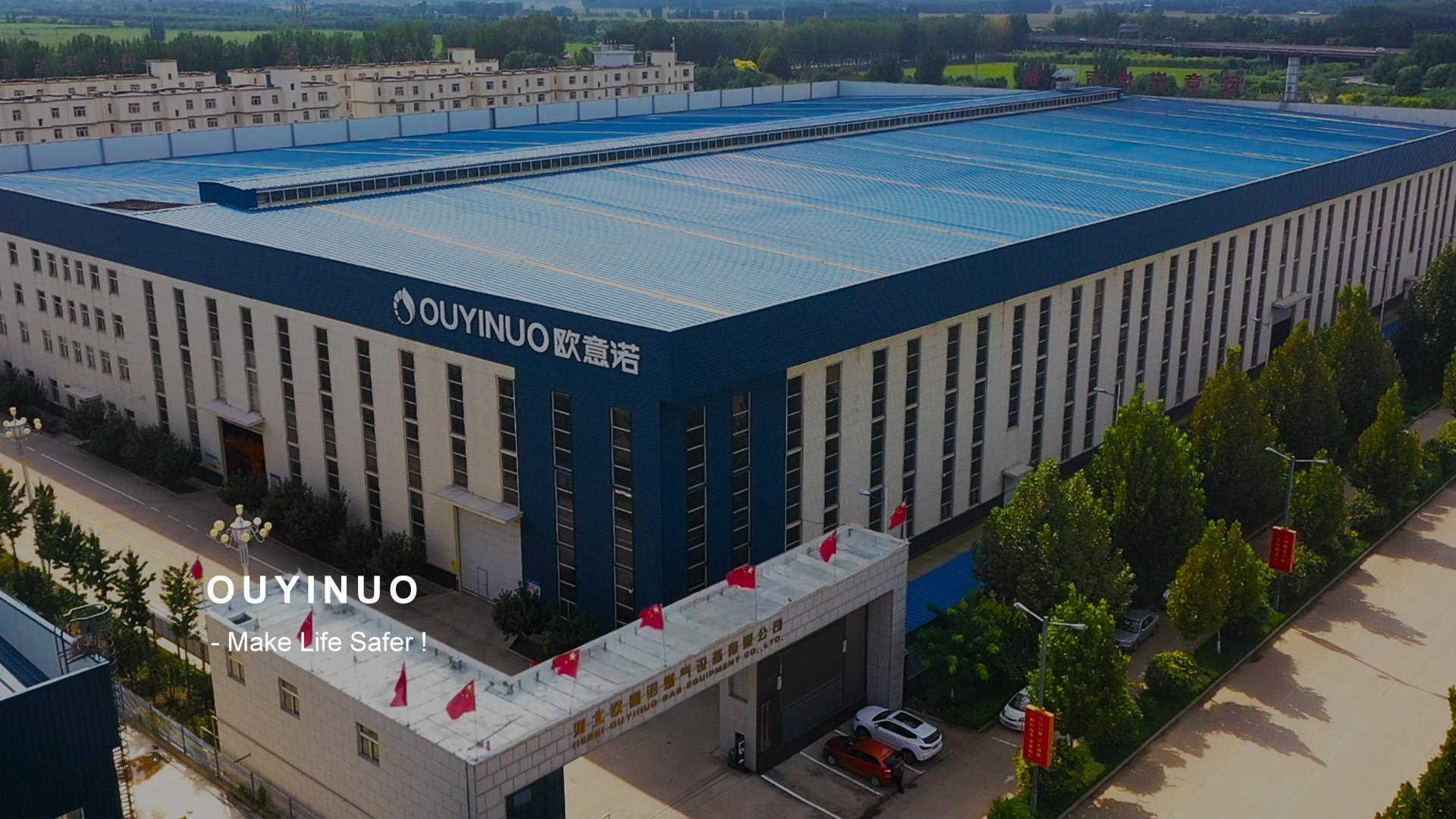
7 月 . 20, 2024 11:03
Back to list
A Comprehensive Guide to Understanding and Using Shut-off Valves in Various Applications
Understanding the Importance of Shut-off Valves in Modern Systems
Shut-off valves, also referred to as isolation valves, play a crucial role in various industrial, plumbing, and HVAC systems. These devices are designed to stop or allow the flow of liquids and gases within a pipeline, thereby contributing significantly to the safety, efficiency, and maintenance of mechanical systems. This article will explore the different types of shut-off valves, their applications, and the importance of choosing the right valve for specific needs.
Types of Shut-off Valves
Shut-off valves come in several types, with each designed for distinct applications. The most common types include
1. Gate Valves These valves are primarily used for on/off control, featuring a gate that moves up and down to open or close the flow path. They are ideal for applications where minimal resistance to flow is necessary when the valve is fully open.
2. Ball Valves Recognizable by their spherical disc (the ball), these valves are known for their quick operation; just a quarter turn is necessary to open or close them. They are widely used for their durability and ability to maintain a tight seal with low leakage rates.
3. Globe Valves These valves are designed for throttling flow, featuring a linear motion mechanism that allows for precise control of fluid movement. While they may cause more pressure loss than gate valves, they are effective in applications requiring variable flow rates.
4. Butterfly Valves This type employs a rotating disc to regulate flow, making it suitable for large quantities of fluid. Butterfly valves are space-efficient, which offers an advantage in installations where space is limited.
.
Applications of Shut-off Valves
صمام الإغلاق

Shut-off valves are integral components across various industries, including water supply, oil and gas, chemical processing, and HVAC systems. In water distribution systems, for example, they serve to isolate sections of the pipeline for maintenance or repair, preventing disruptions in service. In oil and gas applications, they enable operators to control the flow of hydrocarbons safely, reducing the risk of leaks or spills.
In HVAC systems, shut-off valves allow for the regulation of hot or cold water flows, thus optimizing energy consumption and enhancing system efficiency. Moreover, in manufacturing settings, they play an essential role in managing processes by allowing operators to control the flow of raw materials and prevent accidents.
Importance of Proper Valve Selection
Selecting the right shut-off valve for a particular application is critical for several reasons
1. Safety In many industries, the failure of a shut-off valve can lead to catastrophic accidents, including leaks and explosions. Ensuring the correct design, material, and size reduces these risks.
2. Efficiency An appropriately selected valve minimizes pressure drops and flow restrictions, leading to optimized system performance and lower operational costs.
3. Maintenance High-quality shut-off valves designed for specific services require less frequent maintenance, enhancing reliability and reducing downtime.
4. Cost-Effectiveness Investing in the right type of shut-off valve can result in long-term savings by reducing the need for repairs, replacements, and operational inefficiencies.
Conclusion
In conclusion, shut-off valves are more than mere components in a piping system; they are vital to the safety, efficiency, and functionality of various applications. Understanding the different types of shut-off valves and their specific uses helps in making informed decisions that can significantly impact overall system performance. Proper selection and maintenance of these valves will not only enhance operational integrity but also ensure the safety of personnel and the environment.
Latest news
-
Unlocking The Quality Gas Pressure ReducersNewsNov.01,2024
-
The Role of Gas Pressure Reducing StationsNewsNov.01,2024
-
The Importance and Functionality of Safety Relief ValvesNewsNov.01,2024
-
The Essential Role of Safety Valves in Natural Gas ApplicationsNewsNov.01,2024
-
The Essential Role of Gas Pressure RegulatorsNewsNov.01,2024
-
Enhance Your Premium Gas FiltersNewsNov.01,2024

